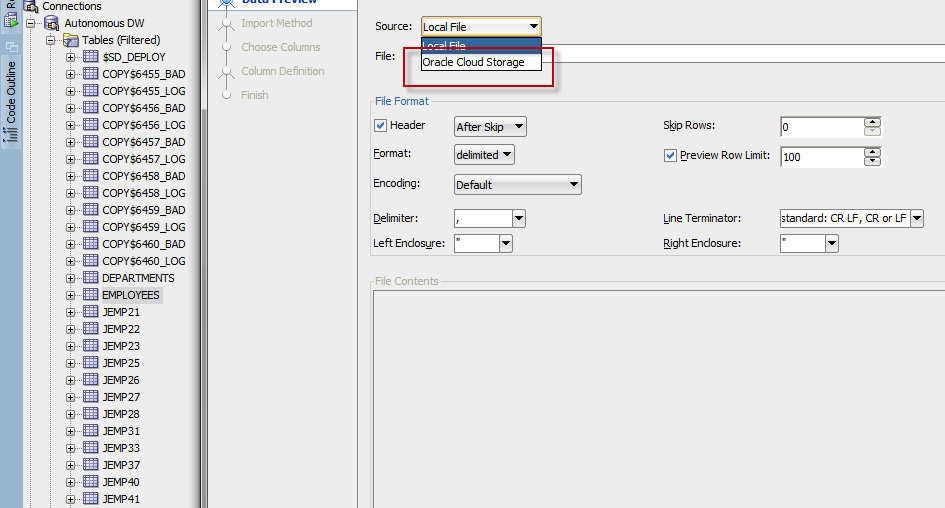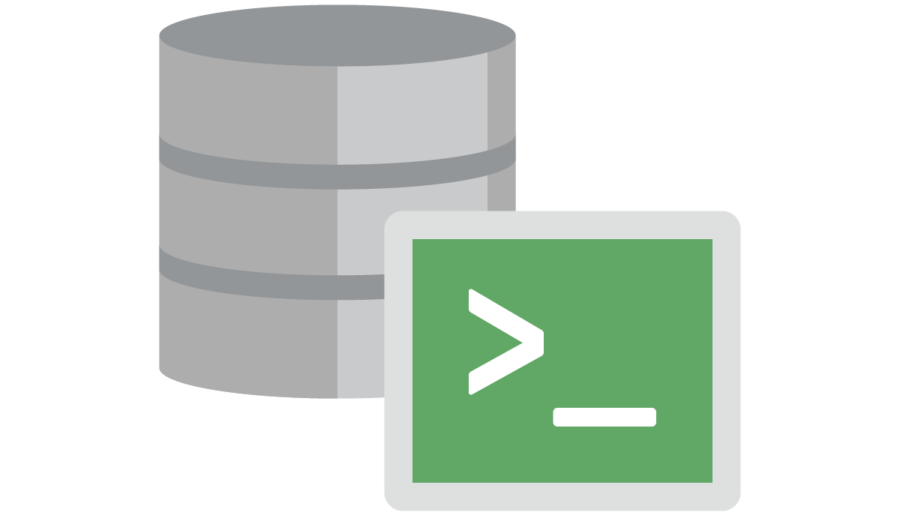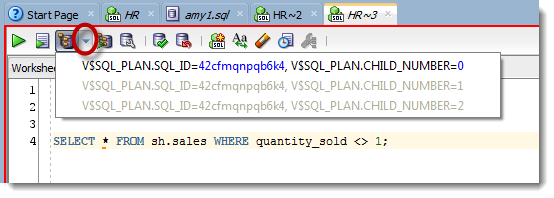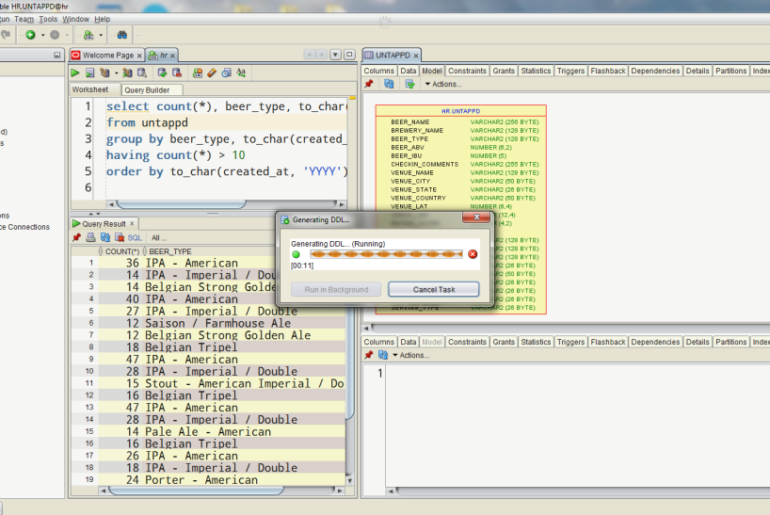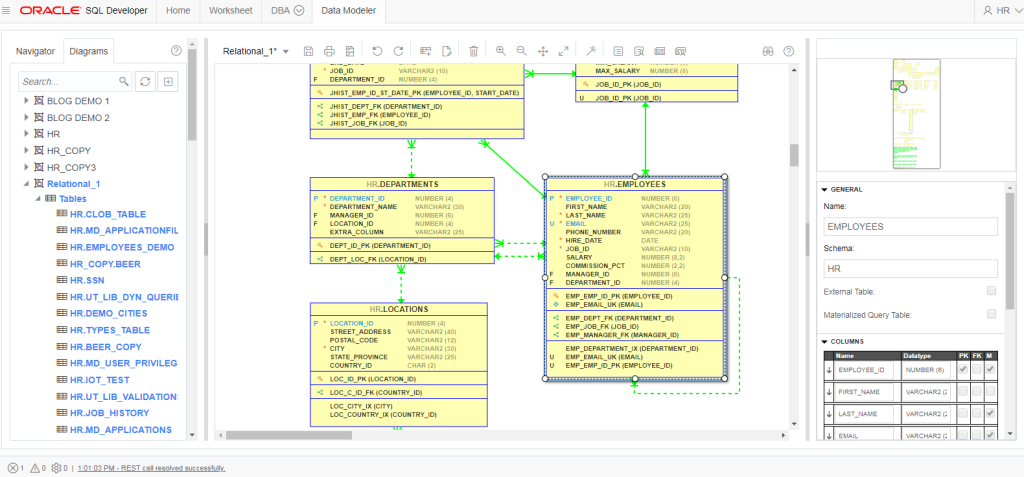SQL tuning can be fun. The database gives us MANY things to help with this. There is even a nice set of views that contain everything we need to know about our SQL and their exectution plans. And, we have a really cool PL/SQL package, DBMS_XPLAN for generating reports on our troublesome queries. The not-fun part, is going from a SQL statement to the SQL_ID. Now, SQL Developer has for a few releases made it…
